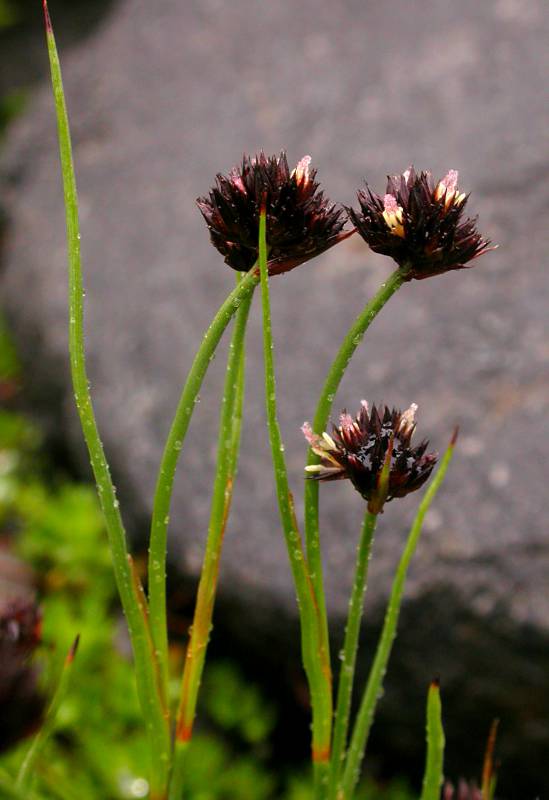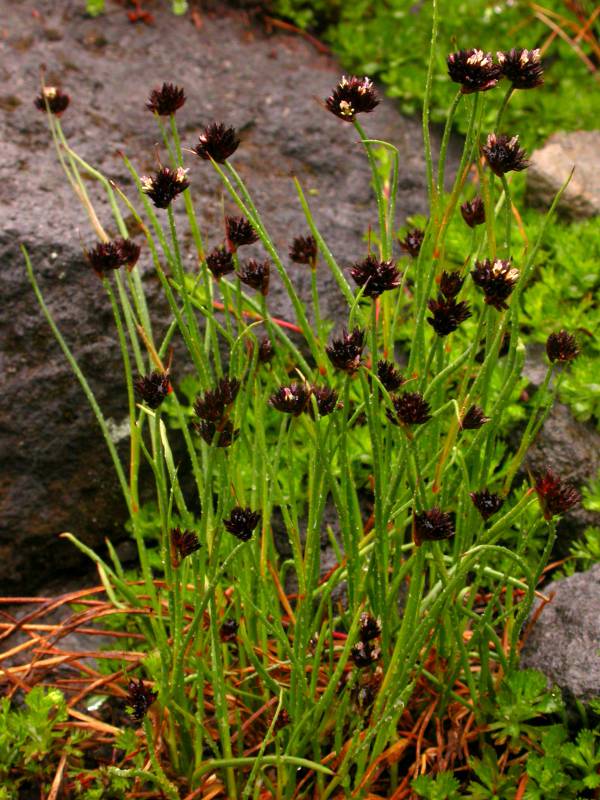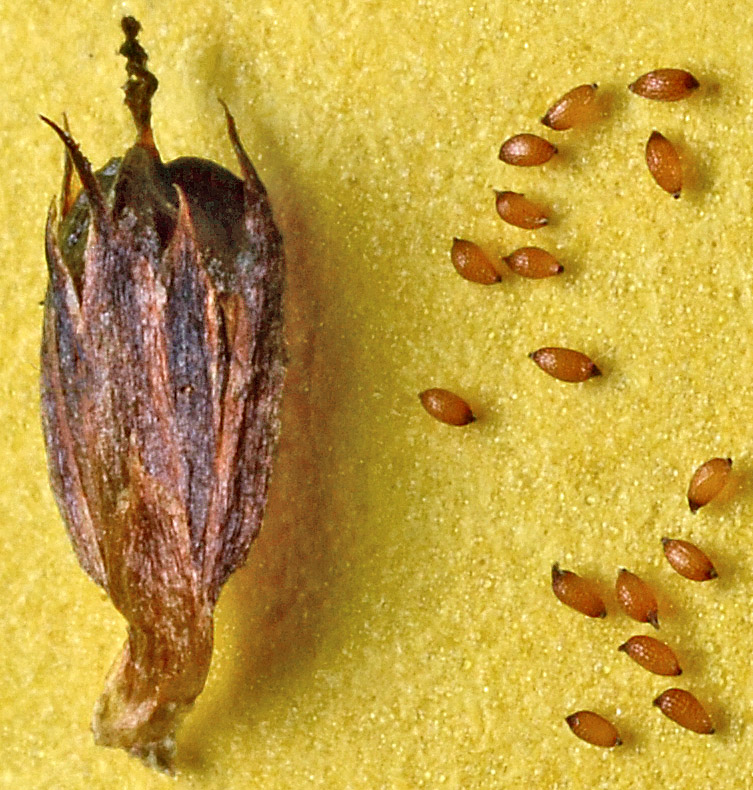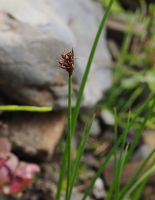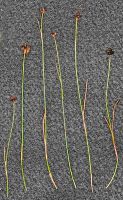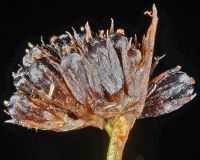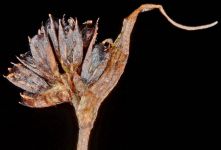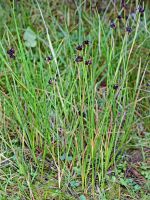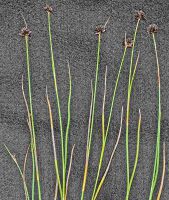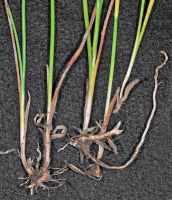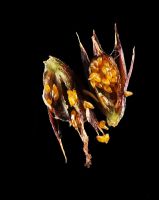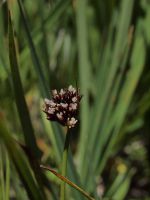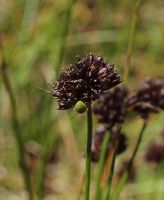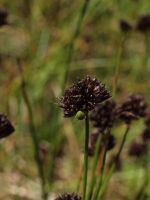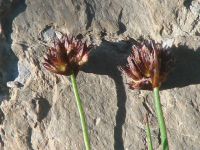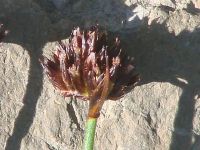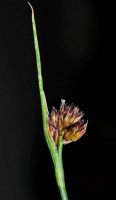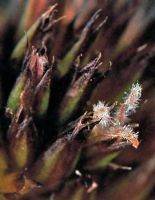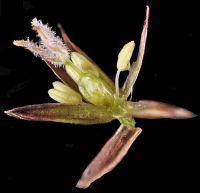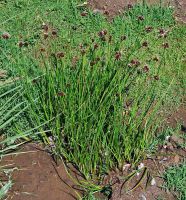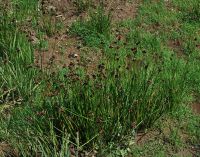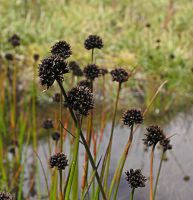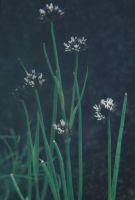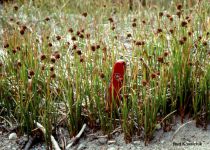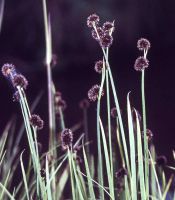Distribution: Occurring on both sides of the Cascades crest in Washington; Alaska to California, east to the Rocky Mountains and northern Great Plains.
Habitat: Wet places along streams and lakes, mid- to high elevations in the mountains
Flowers: July - September
Origin: Native
Growth Duration: Perennial
Conservation Status: Not of concern
Pollination: Wind
Rhizomatous perennial, the stems clustered, somewhat flattened, 1-2.5 dm. tall.
Leaves alternate, the stem leaves 1-4, the blades semi-terete, with prominent partitions; leaf bases sheathing, the sheathes projecting into rounded or acute, membranous auricles 1-2 mm. long.
Flowers numerous in a terminal, capitate cluster up to 2 cm. broad, the involucral bract shorter to much longer than the head; perianth 3-4 mm. long, the 6 segments dark brown, narrowly lanceolate and somewhat awl-shaped; stamens 6, the anthers shorter than the filaments.
Capsule about equal to the perianth, cylindric-obovoid, abruptly truncate.
Publication: Mém. Acad. Imp. Sci. St.-Pétersbourg, Sér. 6, Sci. Math. 2: 167. 1833.
Juncus mertensianus Bong. var. duranii (Ewan) F.J. Herm.
Juncus mertensianus Bong. var. filifolius Suksd.
Juncus slwookoorum S. Young
PNW Herbaria: Specimen records of Juncus mertensianus in the Consortium of Pacific Northwest Herbaria database
WA Flora Checklist: Juncus mertensianus checklist entry
OregonFlora: Juncus mertensianus information
E-Flora BC: Juncus mertensianus atlas page
CalPhotos: Juncus mertensianus photos

